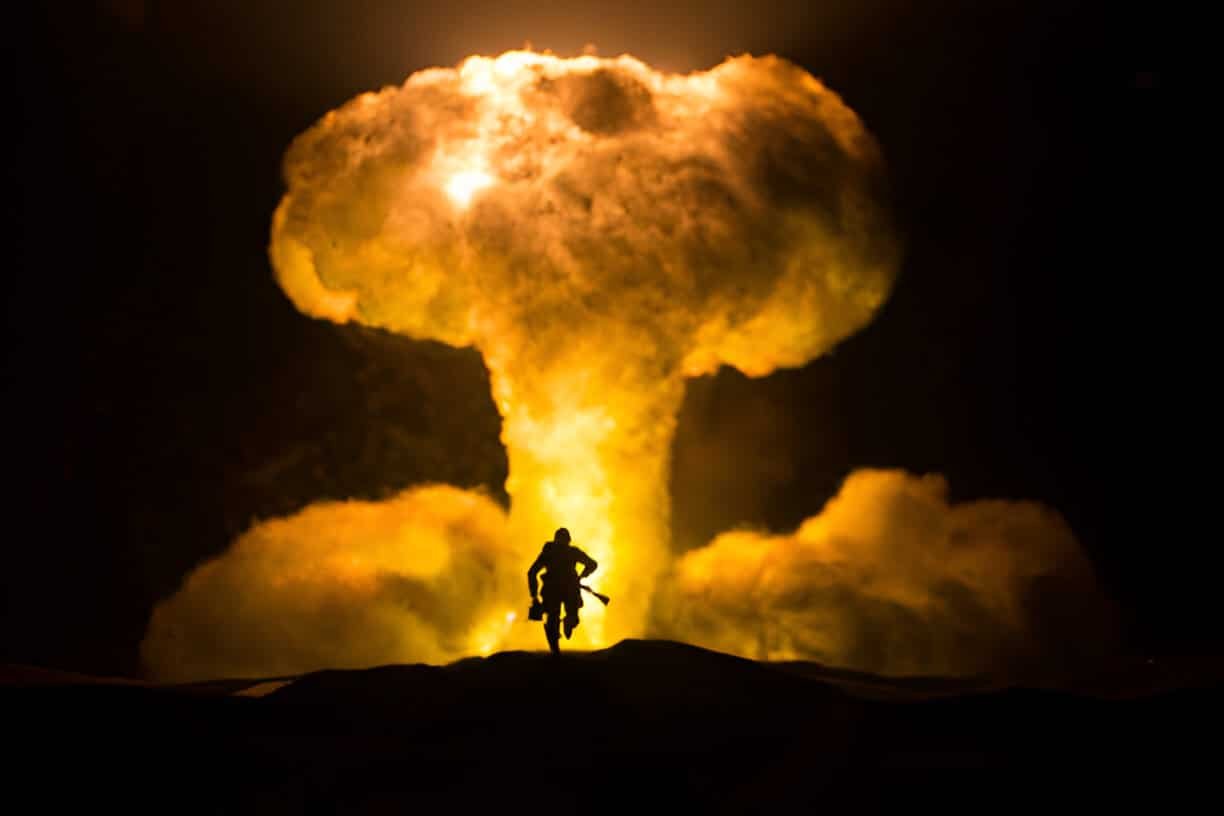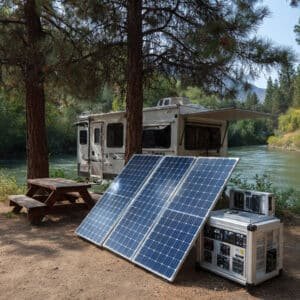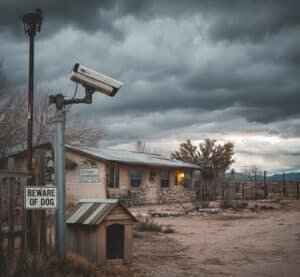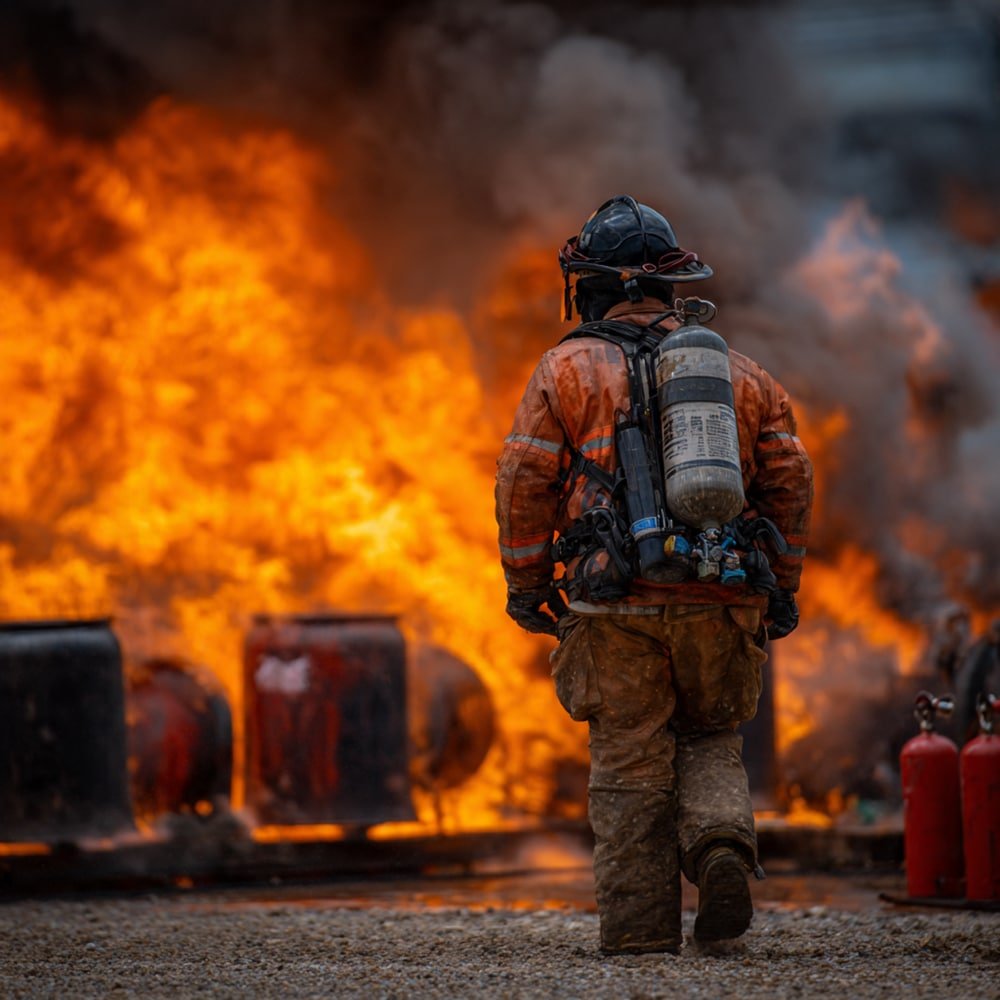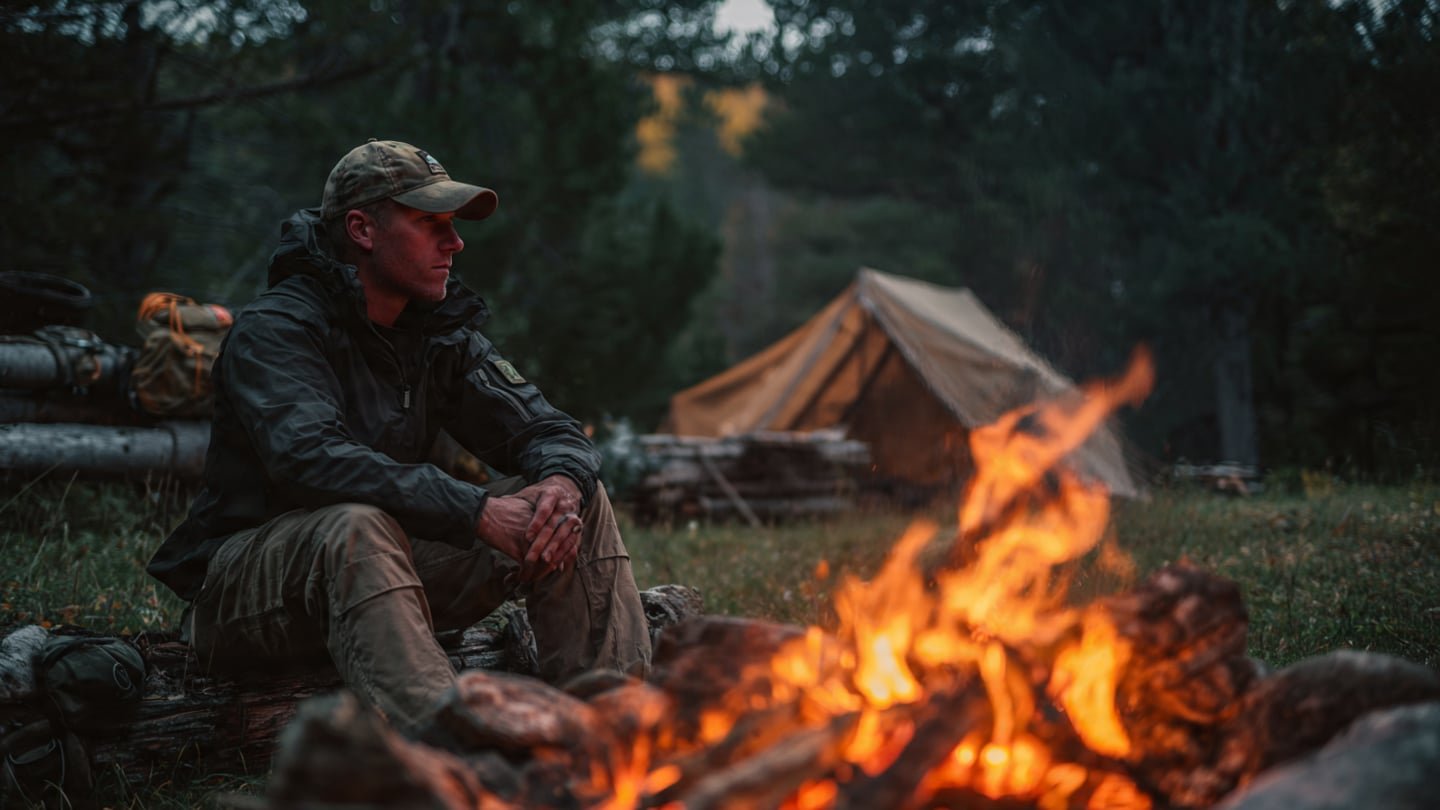Stay Ready. Stay Safe. Survive with Confidence.
A nuclear emergency can happen without warning—whether from a bomb, power plant failure, or dirty bomb in a populated area. In times like these, the people who stay calm and prepared are the ones who survive and lead others.
This guide is your complete, no-fluff blueprint to preparing for a nuclear disaster—with step-by-step categories, practical tips, and recommended survival gear from trusted prepper partners like My Patriot Supply, MIRA Safety, ReadyWise, Jase Medical, and more.
Let’s dive in.

1. Build Your Nuclear Go-Bag
Why it matters: A go-bag is your lifeline during the first 5–60 minutes of a nuclear threat. Whether you need to evacuate or shelter in place, having critical supplies ready can mean the difference between safety and exposure.
Tips & How-Tos:
- Keep your go-bag in a weatherproof backpack, near the main exit of your home.
- Create one for each family member, customized by age/needs.
- Rotate food and meds every 6–12 months to ensure freshness.
Recommended Gear:
Other essentials:
- Alexapure Survival Water Filter
- Hand Crank Radio & Power Bank Combo
- MIRA Safety HAZ-Suit
- Firestarter & Multi-Tool (My Patriot Supply)

2. Set Up a Safe Fallout Shelter or Room
Why it matters: A shelter—temporary or permanent—is your shield from radiation. Fallout loses potency over time, but the first 24–72 hours are the most dangerous.
Tips & How-Tos:
- Choose an interior room with no windows or a basement.
- Use dense materials (concrete, earth, books, water barrels) to create makeshift radiation shielding.
- Pre-seal air gaps with weather stripping or foam to reduce infiltration.
Recommended Gear:
Additional must-haves:
- HEPA Air Purifier or Manual Air Scrubber Kit
- LED Lanterns (Goal Zero/MPOWERD)
- Water Containers or Sandbags for DIY shielding
- Weatherproof Foam Door Seals

3. Stock Emergency Food & Water
Why it matters: In a nuclear emergency, going outside for supplies is unsafe. You’ll need to shelter for at least 2 weeks, possibly longer. That means clean water and food that lasts.
Tips & How-Tos:
- Store at least 1 gallon of water per person per day.
- Include food you actually enjoy eating to avoid “prepper food fatigue.”
- Use airtight containers to keep dry goods safe from pests.
Recommended Gear:
Bonus picks:
- Collapsible Water Jugs (5-gallon)
- Legacy Freeze-Dried Fruit Bucket
- Portable Propane Stove (Camp Chef)
- Survival Garden Seed Vault

4. Plan for Decontamination & Medical Care
Why it matters: Fallout can cling to skin, clothing, and hair. Decontamination helps reduce exposure and contamination inside your shelter.
Tips & How-Tos:
- Set up a decon area just inside your shelter entry.
- Remove all outer clothing and seal it in bags.
- Have waterless hygiene options in case of water shortage.
Recommended Gear:
Other smart picks:
- Disinfectant Bleach Tablets – Sanitize water or surfaces
- No-Rinse Soap and Body Wipes
- Advanced Trauma First Aid Kit (My Medic)
- Digital Thermometer & Health Monitors

5. Set Up Emergency Communication
Why it matters: The internet and cell networks may go down. Communication keeps you informed and helps reconnect with others.
Tips & How-Tos:
- Print emergency contacts and maps—you can’t count on your phone.
- Learn basic radio codes and how to use a HAM radio.
- Practice weekly check-ins with your family communication plan.
Recommended Gear:
Also useful:
- EMP-Proof Thumb Drives (Mission Darkness) – Store digital copies of plans
- Paper Maps and Emergency Binder
- Spare Batteries and Charging Cables
- Red LED Headlamps – Night navigation without eye strain

6. Prep for Long-Term Survival
Why it matters: After the initial threat passes, infrastructure may be down for weeks or months. Sustainability is key.
Tips & How-Tos:
- Grow food indoors using microgreens and LED lights.
- Create a bartering stash with extra supplies like antibiotics, fuel, and hygiene items.
- Keep morale high with routines, games, and books.
Recommended Gear:
- Heirloom Seed Vault (My Patriot Supply) – Non-GMO, long-term food planning
- Jackery Explorer Solar Generator – Run lights, small appliances, and tools
- BioLite CampStove with USB Charger – Cook and generate power simultaneously
- Legacy 720-Serving Food Bucket – Great for larger families or group shelters
Other options:
- DIY Compost Toilet System
- Indoor Grow Lights & Hydroponic Starter Kits
- Prepper Tool Kit (Leatherman/Gerber)
- Printed Survival Guides (No Power Needed)
Final Thoughts
Preparing for a nuclear event isn’t about fear—it’s about freedom. The freedom to survive, lead, and thrive no matter what comes next.
Use these categories and tools to build a plan you can trust. Update your supplies every 6–12 months and practice drills with your family or group.
When others panic, you’ll be ready.

